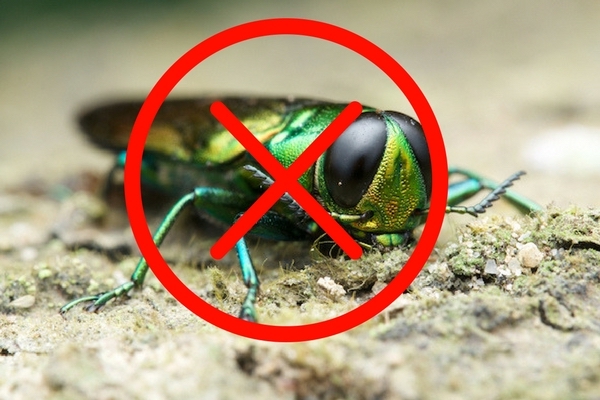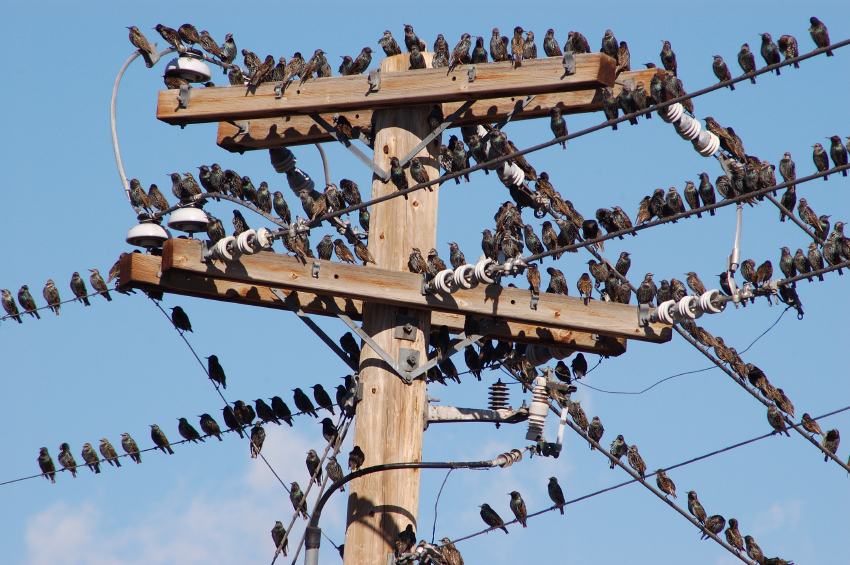Pests serve important roles in maintaining nature’s balance, but only in their proper place. When human tampering alters nature, pests thrive more than they naturally would. Every role in an ecosystem is interconnected, so when one element thrives too much, it throws everything off.
One of the worst consequences of ecological disruption are invasive pests. Pests are invasive when they don’t naturally occur in the environment they inhabit. When these species enter an ecosystem, they can significantly throw off its balance.
According to the Michigan Invasive Species Information Network (MISIN), Michigan is at risk from 18 species of invasive insect. The four covered here pose the greatest threat to our environment. We consider them “Michigan’s Most Wanted,” and we’re putting the bounty out: here’s what you should know about these four desperados, and how you can help stop them.
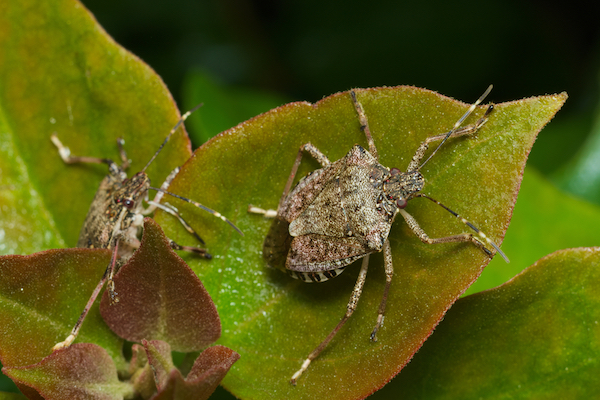
Brown Marmorated Stink Bug
The stink bug is a mottled-brown, shield-shaped bug that superficially resembles a small beetle. Adults grow to .5 to .75 inches long. Look for white bands on the legs and antennae, and black-and-white patterning along the abdomen. Stink bug nymphs tend to be orange or reddish. These pests typically live near their food sources: fruit trees, vegetable crops, and ornamental plants. Come winter, stink bugs attempt to move to sheltered areas such as houses.
According to Michigan.gov, the brown marmorated stink bug can adversely affect fruit, nut, and legume crop yields. They also damage ornamental plants. When stink bugs feel threatened, they release a foul odor. This odor also emanates from their bodies after death. Their smell and constant presence can make stink bugs an annoying pest to have around your house.
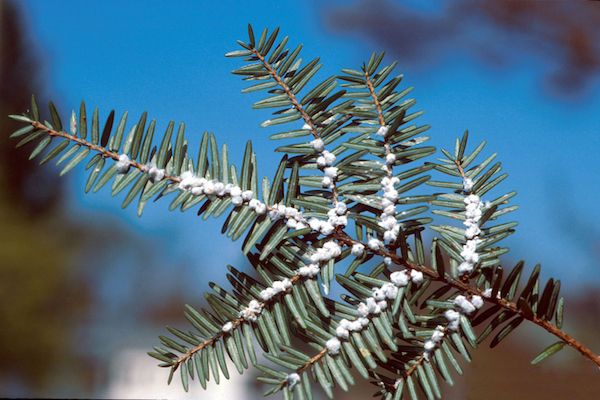
Balsam and Hemlock Woolly Adelgids
Balsam and Hemlock Woolly Adelgids are two different species in the Adelgidae family and Adelges genus of insects. Of the two species, only the Hemlock Woolly Adelgid has been positively identified in Michigan, but both species are on Michigan’s invasive species watchlist. Adelgids are small, pill-like bugs. As they grow they produce a distinctive wool-like wax filament covering. Look for woolly pilling on the branches or bark of trees.
Balsam and Hemlock Woolly Adelgids feed on the sap of balsam fir and hemlock trees. As an Adelgid feeds, they secrete a salivary substance into the tree. This substance stimulates unhealthy growth that weakens the tree. Vulnerable trees may die as a result of Adelgid feeding and also become more vulnerable to weather and other pest damage.
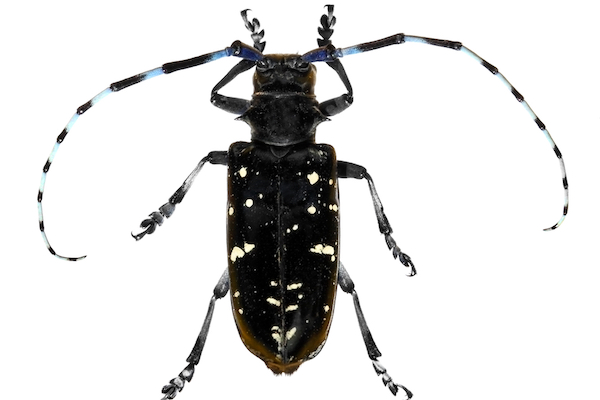
Asian Longhorned Beetle
The Asian Longhorned Beetle is one of the few pests considered so dangerous that possessing it in Michigan is illegal. The beetle is typically .75 to 1 inch long. They’re a shiny black with white spots on their bodies and white bands on their antennae. While the pest isn’t in Michigan, they’re established in NYC, Illinois, Massachusetts, New Jersey, and Ohio, so they may be headed this way.
Adult females dig holes into maple bark and bury eggs inside them. When the eggs hatch, the larvae feed on the inside of the tree, creating tunnels in the process. Mature larvae can penetrate the tree’s heartwood, substantially compromising its sturdiness. There are more than a billion maple trees in Michigan, and all of them would be at risk should Asian Longhorned Beetles invade our state. If you suspect you’ve identified a Longhorned Beetle, contact the MISIN immediately!.
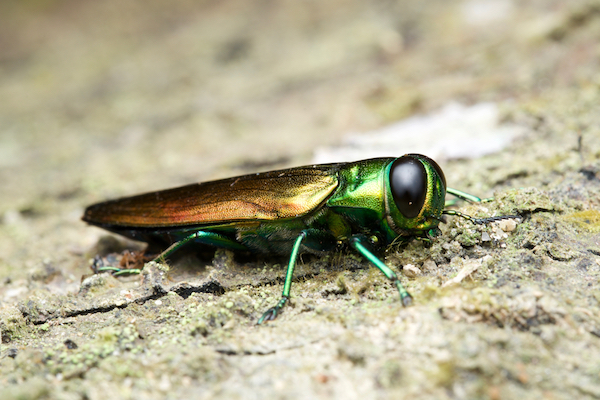
Emerald Ash Borer
Like the Longhorned Asian Beetle, Michigan prohibits the Emerald Ash Borer. Unlike the beetle, the Ash Borer is already established here. The Emerald Ash Borer gets its name from its bright, metallic green coloration. Adult Ash Borers are about half an inch long. Ash Borer larvae are cream-colored and resemble fat worms.
Ash Borers have killed tens of millions of ash trees in Michigan. The insect feeds on ash tree foliage and lay eggs in its bark. Larvae squirm under the bark to feed, creating S-shaped tunnels under the surface. The holes produced damage Ash tree structure, depriving them of nutrients. Michigan’s currently engaged in all-out war against the Emerald Ash Borer, so if you see one, let someone know!
Invasive pests aren’t just a problem for your house or yard; they’re a problem for the whole state! If you suspect you might have an invasive species infestation near your home, let the MISIN know and then give us a call. Together, we can protect the beautiful nature of Michigan!

